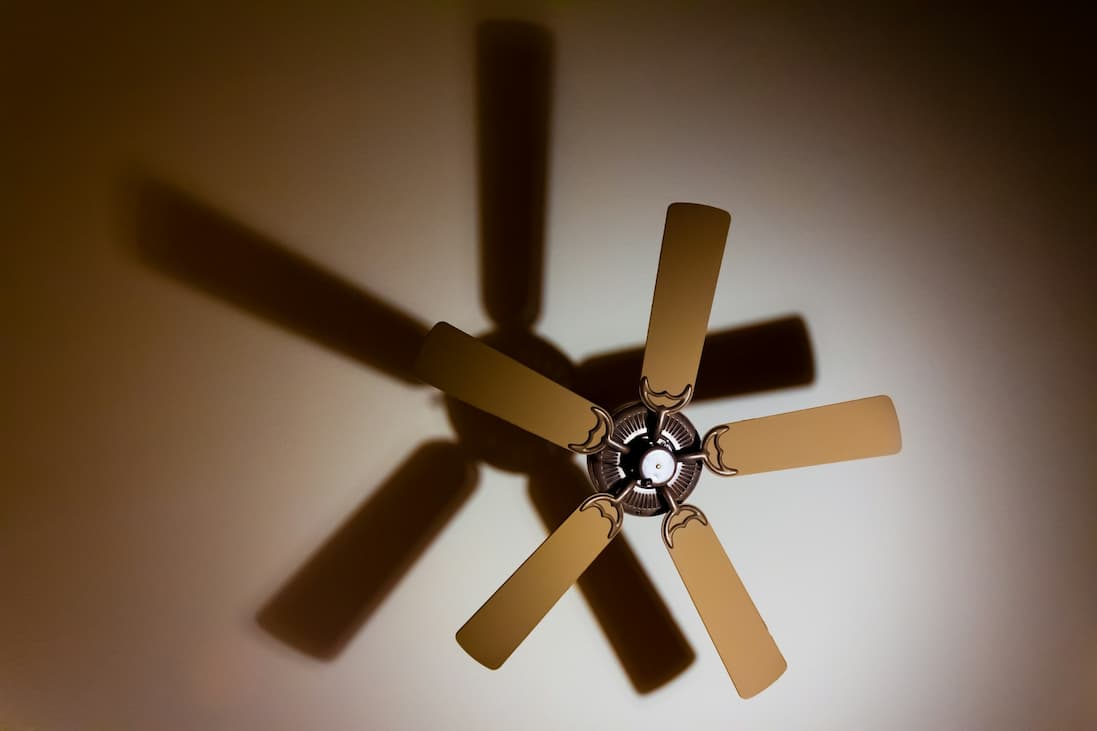A report by the Australian Council of Social Service (ACOSS) has shown what HVAC&R specialists have long known: prolonged exposure to heat in the home is detrimental to human health and wellbeing.
The ACOSS Summer Heat Survey 2024 posed in-depth questions to 1,007 respondents around Australia. The results show that a large percentage of Australians – especially those experiencing some form of disadvantage – suffer the ill-effects of heat at home.
Some of the survey’s findings are especially confronting:
- 80.5 per cent of respondents have felt physically or mentally unwell during heat events, with many finding that the heat aggravates their disability or chronic illness.
- 14.5 per cent have sought medical attention for heat stress at some point.
- 94 per cent have trouble sleeping on hot nights.
- 56.7 per cent struggle to cool their home at all.
- 59.8 per cent are finding it harder than ever to pay their energy bills.
- 25.8 per cent are currently in or about to go into energy debt.
In all of these areas, First Nations people face worse outcomes: one in four have sought medical attention for heat stress, and 94.2 per cent report having felt unwell because of heat.
A public health issue
Research from the Australian National University published in 2021 found that more than 36,000 people in Australia died from heat-related causes between 2006 and 2017. Although the ACOSS report doesn’t measure deaths, it shows that many Australians continue to suffer concerning health effects from heat in the home.
Respondents reported experiencing headaches and migraines, dehydration, breathing problems, fatigue, brain fog, swelling in their extremities, dizziness, vomiting, nose bleeds, anxiety and depression.
Those living with disability or chronic illness experience even worse health effects. Heat-related flare-ups are particularly bad for people living with:
- Cardiovascular conditions
- Emphysema
- Asthma
- Parkinson’s disease
- Fibromyalgia
- Diabetes
- Chronic fatigue
- Eczema
- Autoimmune conditions
- Arthritis
- Dementia
- Hyperhidrosis.
One respondent who lives with fibromyalgia says heat affects their quality of life for large portions of the year.
Once I overheat my, body can’t cool down. I believe it is due to fibromyalgia. I feel as though I lose months of my life as I am unable to do anything much when it’s hot.
Another respondent feels the after-effects of a prior health condition that worsens during extreme heat.
“I suffer with headaches as a result of having past brain surgery and the heat makes it much, much worse,” they say.
Not just social housing
Those living in social housing experience some of the worst outcomes, with 78.3 per cent struggling to cool their homes. This is due to a combination of poor thermal performance, lack of air conditioning, and energy poverty.
“I don’t have air-con and can’t afford to run the fans I’ve got,” says one respondent to the survey.
I hate summer so much, I just wish to die. My kids are also miserable. All public housing should have air conditioning. People in public housing are treated like subhumans.
Although the problem is often most severe in social housing, many private renters also suffer. Of those, 69 per cent who rent from real estate agents and 57 per cent who rent directly from landlords have difficulty cooling their home. This is due to both the cost of air conditioning and the lack of agency many renters have when it comes to making upgrades to their homes.
“My wife has terminal cancer, so we have bought fans to help her comfort,” says another respondent. “We have a good landlord, but if they agreed to air condition the place, our rent would surely rise.”
Voicing concerns
The report makes 10 detailed recommendations to government, including costings and timeframes for implementation. These recommendations include:
- Dedicating at least $2 billion to fund energy performance upgrades for low-income housing.
- Implementing minimum energy efficiency standards for rental properties by 2025.
- Providing up to $2,000 per person in relief to people experiencing energy hardship.
ACOSS also asked respondents what issues were most important to them and what measures they think the government should take. In order, the five most popular recommendations are:
- Set minimum energy performance standards for rental properties.
- Increase income support payments.
- Fully fund public and community housing providers to retrofit homes.
- Increase energy concessions and rebates.
- Provide subsidies to install insulation, reverse-cycle air conditioners, hot water heat pumps, and rooftop solar.
One respondent wants to see legislation to ensure that all homes have adequate HVAC systems.
Retrofit ceiling fans into bedrooms of public housing and make it compulsory for landlords to provide working reverse-cycle air conditioning.
Have you experienced heat stress at home? What do you think needs to be done to make Australian homes liveable during heatwaves? Let us know in the comments below.
 Nick Johns-Wickberg
Nick Johns-Wickberg


Leave a Reply